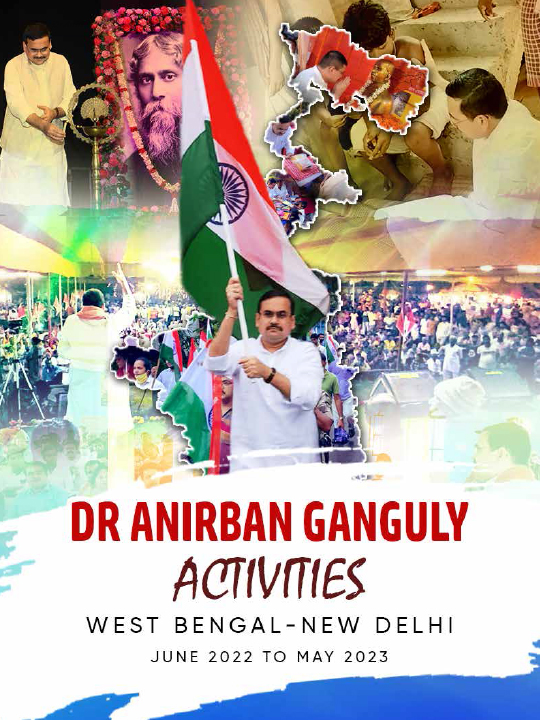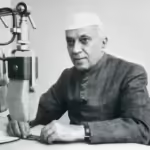Realising Aurobindo’s Vision of Education
- By : Anirban Ganguly
- Category : Articles

Sri Aurobindo International Centre of Education in Puducherry completed the 75th year of its founding on December 2 this year.
Sri Aurobindo International Centre of Education in Puducherry completed the 75th year of its founding on December 2 this year. Without fanfare, without pomp and pageantry, without pompous declarations of intent, the Centre of Education which has been running and churning out young minds ceaselessly for the last 75 years renewed its commitment to the deeper ideals and vision of Sri Aurobindo and the Mother and to the wider and larger goal of India’s regeneration as the spiritual leader of humanity—Visvaguru.
The Centre of Education, in a sense, belongs to those institutions which sprung from the vision of our leading thinkers and sages, and grew organically as part of our national march from colonialism to post-colonialism and Independence.
Founded by the Mother in 1943, as the Ashram School with the objective of imparting education to the children of disciples who had opted for the ashram life, the Centre of Education saw the Mother herself direct its activities for the next two decades or so. A core group of dedicated teachers—many of them accomplished professionals in their own fields before their joining Sri Aurobindo’s Ashram—under the Mother’s guidance, inspired by the vision and ideals of Sri Aurobindo, tirelessly dedicated themselves to ensuring that the seat of learning continued to evolve. Their aim was to keep it centred on its founding ideals—the imparting of an education that looked at learners integrally and strove to shape both, their outer and inner dimensions.
Over the years, the Ashram School grew into the Centre of Education, widening its ambit, enlarging the scope of its activities while ensuring that the purity of its founding ideals was preserved. In a sense, Sri Aurobindo International Centre of Education can be said to be a modern replica of the ancient gurukul. Learning was a rigorous and yet joyous process, in which learners were taught to be rooted within as well to one’s physical surroundings while encouraging and enabling them to evolve a wider civilisational vision.
When Sri Aurobindo passed away in 1950, the Mother considered the formation of an education institution in his name as one of the most fitting tribute to his vision and memory. Sri Aurobindo himself had a lifelong link to education. In his days in the service of the Gaekwad of Baroda, he taught at the Gaekwad’s college and was for a while its acting principal. Later during his early days as a political revolutionary he was at the centre of the national education movement and then in Puducherry as a spiritual revolutionary, he continued to churn out his thoughts on how a national system of education for India ought to be envisaged.
In 1951, the Mother invited Dr Syama Prasad Mookerjee to preside over the memorial convention held in Puducherry to deliberate on the formation of a Centre of Education which would strive to realise Sri Aurobindo’s vision and prepare legions of young scholars, citizens who would live not for themselves alone but for the country and humanity. The Ashram School thus transmuted into a larger organisation with a wider goal.
For the last 75 years that original founding principle continues to guide the institution, undiminished in its intensity. In his formidably inspiring and prescient address, Syama Prasad Mookerjee had expressed a certainty that “the proposed university will symbolise the world’s urge for a new spiritual rebirth; it will stand out as an oasis amidst the barren tracts that breed jealousies, suspicions and petty conflicts”.
To free India’s government, Syama Prasad’s advice was that it follow a policy that would “encourage experiments of the type being made here (at the ashram) so that the work may be carried on without hindrance or difficulty”. Over seven decades that oasis continues to remain intact, and to nourish and shape new minds and to fulfil a higher national destiny.











